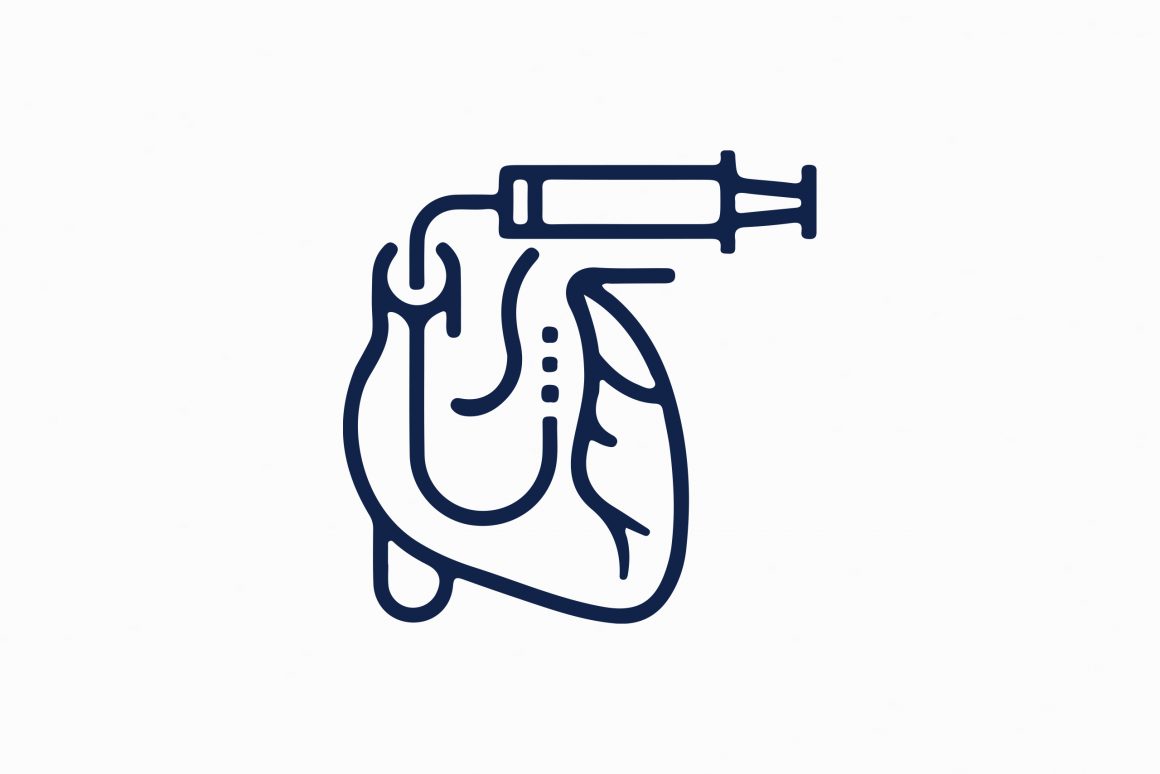Physicians use mechanical ventricular assist devices to support patients through periods of hemodynamic instability. Ventricular assist devices used for short-term support are usually brought into the patient through minimally invasive methods, mostly by accessing blood vessels in the groin (percutaneous delivery). In particular, these catheter-based devices are used in cardiogenic shock patients and patients undergoing high-risk cardiac or coronary procedures (high-risk PCI). The addressable market for minimally invasive ventricular assist devices is estimated at over 5 billion dollars, with an estimated 300.000 eligible patients annually in the US and Europe.

